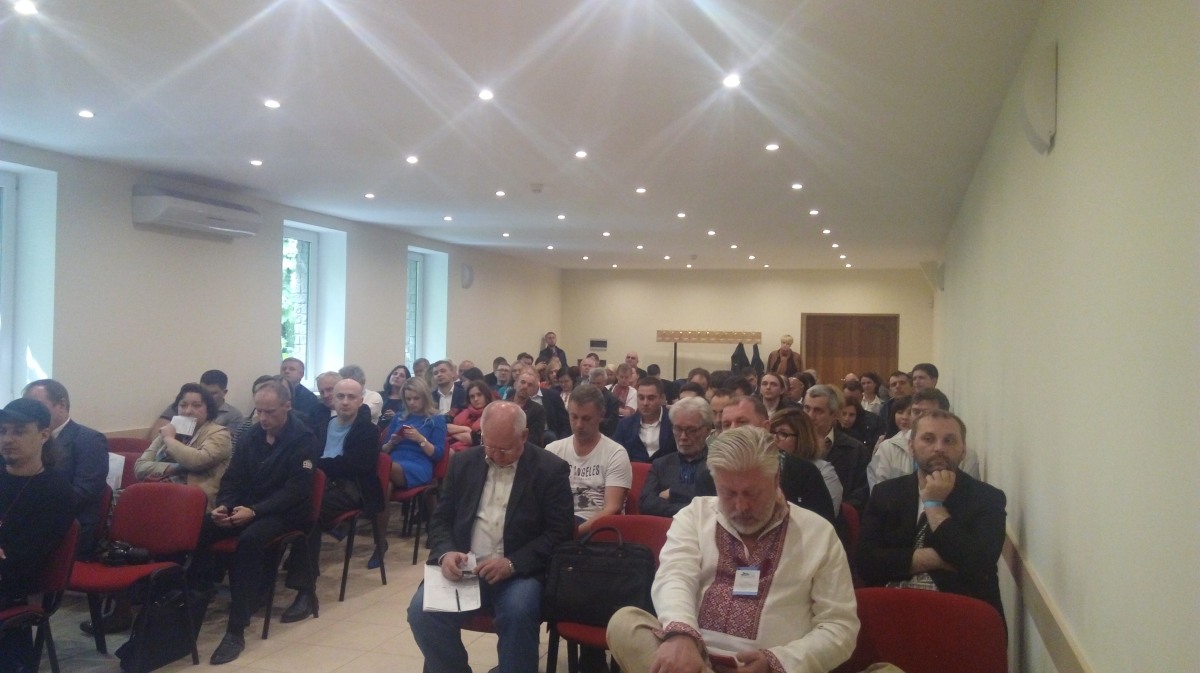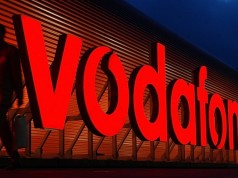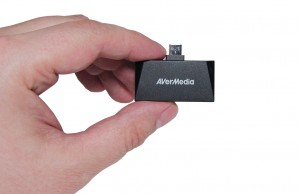On May 18, the 5th International Conference “Satellite TV: Strategies and Risks of the Ukrainian Market” was held in the framework of the XXIII Kyiv International TV and Radio Fair, organized by the Mediasat and TV&RADIO COURIER” LLC.
It is not the first year that the satellite TV market players are trying to make it profitable, since this market segment shows a slow and stable growth worldwide. Nevertheless, for the time being, all attempts to earn money on DTH-platforms have been unsuccessful. The analysis of various models of DTH-platforms in Ukraine, one may find in the news items of the Mediasat. The free-to-air broadcasts from the satellite of the major media groups’ channels is one of the main obstacles to the development of the satellite pay-TV in Ukraine, according to most of the industry insiders. However, the channel encryption involves some difficulties, which were discussed by the conference participants. Among others, there is a threat to national security, since Russian channels go on broadcasting free-to-air, and once the Ukrainian channels encrypted, the audience would not have any free alternative.
Andrei Malchevsky, 1+1 Media, told that the group conducted a market research: “5 million households watch TV channels from the satellite for free and feel good, unlike content producers. We stand for encrypting channels. However, the industry should be ready for it, but unfortunately this is not just yet”.
Mr. Malchevsky cannot see any threat in encryption: “The audience opts for a national product. So, it will watch it, even if the channels are encrypted, thus the encryption will not covert into any threat to national security. Part of TV viewers, of course, will seek after a free content, but not all of them”.
Oleg Chernysh, Member of the National TV and Radio Broadcasting Council: “The National Broadcasting Council took the decision to back up the encryption long ago, and it is definite. At the same time, the government should not interfere, because this is a business relationship between TV channels and the market. Therefore, we will look up to the market players’ solution. On the other hand, it is actually a matter of national security too; therefore, the National Broadcasting Council closely follows up the discussion of this issue.
The encryption should by no means coincide with the analog cut-off. As previously announced, the cut-off is unlikely to happen on 30 June 2017. This may be 30 June 2018, or 31 December 2018. Today, the analog cut-off can lead to undesirable effects. We have been monitoring the test shutdown in the Kirovograd Region, so that there would be no social discontent”.
Fedor Grechaninov, StarLightMedia: “Indeed, we are constantly postponing deadlines. These events should be pulled apart in time, because both campaigns must be accompanied by audience communications. The audience should take important decisions, including on the family budget one. Between the analog cut-off and encryption should be a time gap of at least 6 months. Now we are waiting for a decision to reschedule the analog cut-off. Once postponed for a year or more, we will initiate a request to encrypt signal on the satellite in the winter of 2018. (While editing this article, the Chairman of the National Broadcasting Council Iurii Artemenko informed that the analog would not be cut off until 2019. – Ed.) The encryption should not imperatively follow the analog cut-off, so it can precede it. The encryption is a complex solution, while there are many advantages and disadvantages too. We also keep them in mind, but we can see more potential advantages.
We thought about the provider business reasonability, but so far decided it better to keep on a content provider to stay in a familiar relationship with our partners. Otherwise, it is not clear whether we are a provider or a content seller.
As for the national security, it is about encrypting media groups’ channels, while the national and news channels will remain available. With the extension of the “Zeonbud” network, there will be surely no problems with accessing information”.
Onno Zonneveld, SES: “I cannot see any risk to national security. Many people have already made their choice. 80% of viewers watch Ukrainian channels. I am sure that people are ready to pay, maybe not so much, but they are ready”.
Apostolos Triantafyllou, Eutelsat: “The pay-TV cannot develop without cutting off the analog. The advertising monetization model is unpromising, and it has long been required to encrypt channels. In order not to lose users, it is better to arrange encryption in the way that people would be able to watch all TV channels using just one conditional access card.
It is no secret that there are 23 Russian channels on the Hotbird. It is hard to prevent people from watching free-to-year satellite TV channels. If you uninstall dishes or use force, then you will become another Belarus. Is that what you want? You can follow the other route: Ukrainian channels can switch to the Hotbird or any other satellite. It is frequently asked, whether it is possible to broadcast in the slot of 36 degrees. The Eutelsat signed an agreement with the Russian authorities on the orbital position of 36 degrees east longitude. The linear frequencies belong to the Eutelsat, and Russian channels broadcast in circular polarization. If you want to broadcast at these frequencies, then you should turn to Mr. Putin, if at the linear ones, so contact the Eutelsat. The satellite TV cannot replace the terrestrial one. The development of digital terrestrial TV will ensure a free access to Ukrainian TV channels. Where it is not available, the government should provide access to the satellite pay-TV packages, as it does in other European countries. For example, in France.”
Speaking about the news by the SES Company, Onno Zonneveld focused on the reliability of satellite operator’s services. “Satellite communication is very reliable, but there are unforeseen situations too. We are well prepared to to cope with them. Our company can provide an option of a quick (in terms of days or months) capacity reallocation in orbit by means of moving already launched satellites to another position, or quickly replacing failed satellites. We have a “standby” capacity reserve in the key orbital positions, a “weather” reserve against unfavorable weather conditions, as well as the availability of rapid extension of teleport resources.”
Just during the conference, the satellite SES-15 entered the orbit, which was announced to the audience by the SES Office in Ukraine.
Igor Lutsenko, “Kosmonova” underlined the advantages of IP TV channel distribution over the satellite one. The IP distribution is much cheaper, it allows providing a user-friendly interface, and it ensures a good signal quality. Mr. Lutsenko spoke about a TV signal-processing platform, network infrastructure with peer-to-peer connections and international uplinks. The solution allows for placing advertising units for different regions, provides archives of TV broadcasts, and time shifting. “All this allows solving many pressing problems of TV channels, especially the small, niche and regional ones. Moreover, they can get into the networks of those cable operators, which are not ready to receive satellite signal.”



















